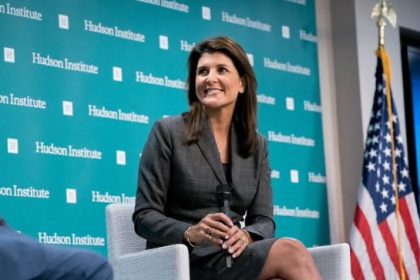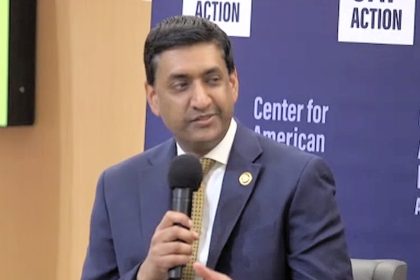Analysts Stress Overpopulation Is Not Climate Culprit

WASHINGTON — Population trends analysts are still trying to quash the idea that overpopulation causes climate change.
While connected, there is no simple and direct relationship between human numbers and environmental impacts. So to move forward toward real environmental change, some analysts believe that paying attention to population dynamics — without vilifying population growth — may help shape a better future for everyone.
“We’re still seeing arguments that population growth is causing climate change,” Heather Randell, assistant professor of Rural Sociology and Demography at Penn State University told guests at a panel discussion convened by the Wilson Center, a public policy research center in Washington, D.C.
“That is still the dominant narrative, although many people in research communities have moved beyond that.”
By the COP27 climate conference in Egypt next month, the global population is projected to reach eight billion people, with another billion milestone occurring every dozen years or so.
“Whatever the number we’re hitting, there’s always the sense that it’s too many,” Lauren Herzer Risi, program director for The Wilson Center’s Environment Change and Security Program, said, pointing out that when Paul Ehrlich was writing “The Population Bomb,” a 1968 book predicting worldwide famine due to overpopulation, the global population was only three million, and yet the Earth has accommodated.
Still, to adapt well to a warming world, panelists agreed that it is critical to look at both trends together — climate mitigation and population responses — to produce a more accurate picture of where the world is headed and how to strengthen collective resilience.
“Two-thirds of growth between now and 2050 is baked in from our past,” Risi said, explaining that efforts to reduce fertility rates or limit resource consumption aren’t exactly the solutions many tout them to be.
Family planning and reproductive health and education could yield economic and social dividends, but the argument for overpopulation shouldn’t be used to promote coercive population control measures or prevent people from immigrating to create a better life for themselves, panelists argued.
They also stressed that those places where population growth will be greatest in the future are not the same areas currently contributing 50% of annual global-warming emissions.
According to Risi, two out of every three people on the planet actually live in places with low replacement fertility, and the areas poised for the most significant population growth in the coming years are the Congo, Egypt, Ethiopia, India, Nigeria, Pakistan, the Philippines, and Tanzania — not China, the United States, India, Russia, and Japan, the largest contributors to carbon dioxide emissions.
Population analysts on hand at the Wilson Center claim the answer to climate change isn’t in population control, attacking the reproductive rights of women, or even in limiting immigration, but rather in moving the focus to low-carbon forms of energy, ramping up energy efficiency, and enhancing the health of our forests and other carbon sinks.
“Two or more things can be true at once,” Randell said. “Every outcome is linked.”
“We still have a lot of work to do to make sure the narrative is carefully framed,” Risi said. “But we need to think of kids as a resource, not as a burden… We need to think about kids as an opportunity for innovation.”
Kate can be reached at [email protected]

























